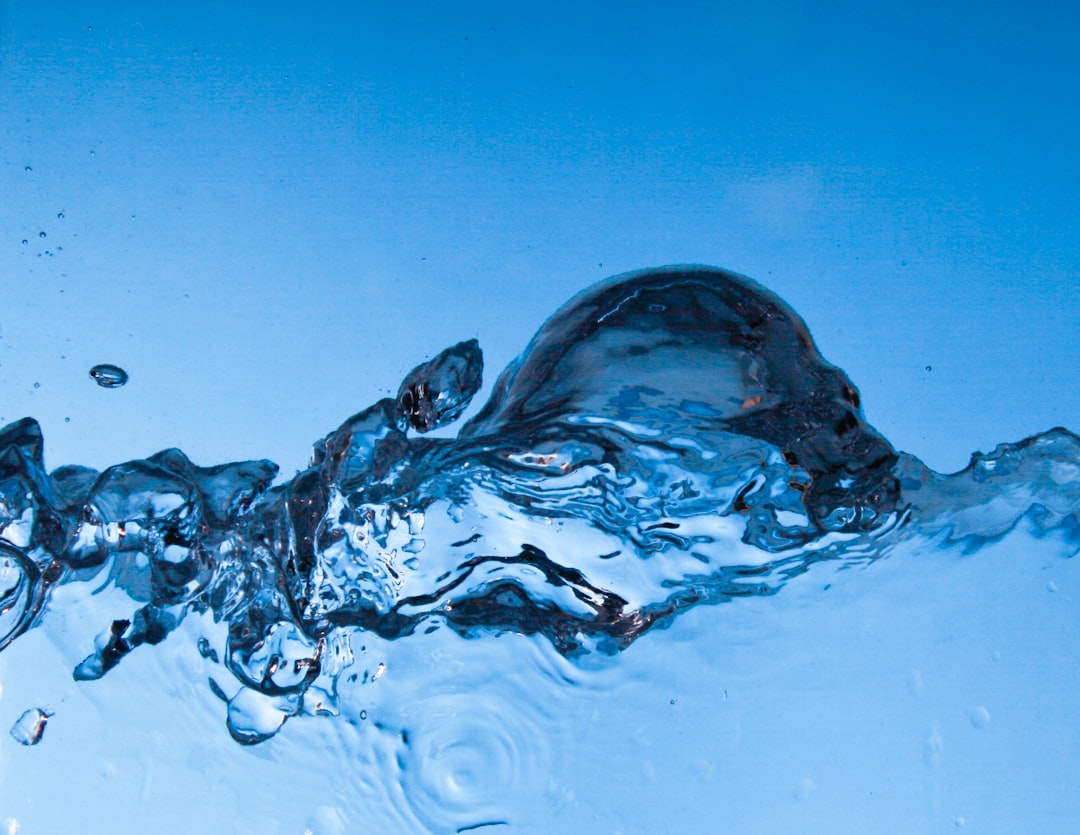Recycled water isn’t gross; it is necessary

Ew, that’s gross or oh, that’s a great idea! So which is it?
In the near future, the water that flows from your tap could be recycled wastewater. Colorado’s Water Quality Control Commission just gave preliminary approval to regulate the direct potable reuse of water from treated sewage.
I, for one, will be happy to toast the commission with a glass of that tap water. That’s because we have the technology to do this. We’re already doing it. And we need to do more of it. This is an “oh” moment for long-term water resource sustainability and the first step of many needed to address water in a warming climate.
Let’s face it; water has been recycled for 3.7 billion years, give or take since the first primitive lifeforms took in and excreted out H2O. Since then, countless microbes, fungi, plants, and animals have done the same. Still, for some people, the idea of purifying wastewater and sending the water back into the pipeline leaves a bad taste.
It shouldn’t. Municipalities already reuse treated wastewater in two ways. They use treated wastewater for landscape irrigation for parks and golf courses and for industrial operations. Cities also purify water from sewage and release it into an environmental buffer such as a river or lake or into a groundwater aquifer. Then the blended water is collected downstream or pumped from an aquifer, treated, and put back into a drinking water system. Direct potable reuse replaces the buffer with enhanced treatment technology.
Waste management facilities along the Front Range are already in the forefront of innovation in recovering clean water, heat, methane, phosphorus, and fertilizer from wastewater. For example, Denver’s Metro Water Recovery, which operates the largest wastewater treatment facility in the Rocky Mountain region, installed a high tech phosphorus recovery process to protect streams and lakes. The recovered phosphorus is sold as fertilizer. Metro also partners with real estate developers to install thermal energy pipelines that extract the heat from wastewater to heat buildings. South Platte Water Renew, Littleton and Englewood’s wastewater treatment facility, recovers methane, a byproduct of the treatment process, and injects it into the Xcel Energy pipeline. These facilities and others also produce fertilizer from biosolids for agriculture. It’s quite remarkable.
Although Colorado law does not prohibit the adoption of direct potable reuse, new regulations should encourage its adoption where feasible and advantageous. John Tracy, PhD, director of the Colorado Water Center at Colorado State University, told me that potable reuse is a tool for maintaining secure water supplies and managing wastewater that is appropriate for some jurisdictions.
If potable reuse is a tool in the toolbox, what are we building? The answer cannot simply be enough water infrastructure to meet the needs of the population, industry, and agriculture. Colorado’s population continues to grow, particularly along the Front Range, and the West is growing dryer; we need to plan for tomorrow.
Colorado and other western states depend on snow in the winter to provide water throughout the year. As temperatures rise, precipitation falls as rain rather than snow. Less snow means less snow pack and less runoff in streams in spring. According to the Environmental Protection Agency, April snowpack levels have decreased by 20% to 60% at most monitoring sites in the Colorado Rockies. Less moisture and higher temperatures also result in drier soil, which absorbs any moisture that falls, leaving less to run off in streams.
In my conversation with John Tracy, he emphasized the need to treat droughts like a natural hazard, similar to the way we address hurricanes and earthquakes with regional and multi-state planning, collaboration, and mitigation strategies. These solutions were discussed at the Colorado State University-sponsored Water in the West Symposium last week.
There is no single solution, and anyone who says, “we need just to do this one thing,” should be met with skepticism. It’s going to take multiple approaches, of which direct potable reuse is but one.
Krista L. Kafer is a weekly Denver Post columnist. Follow her on Twitter: @kristakafer.
To send a letter to the editor about this article, submit online or check out our guidelines for how to submit by email or mail.

